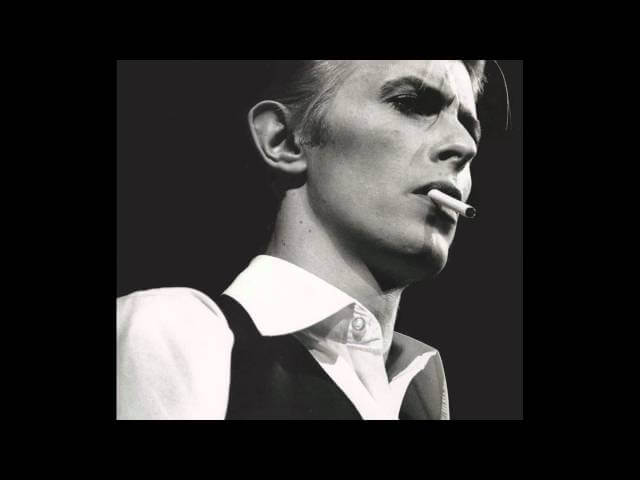David Bowie reunited with Brian Eno to sing about outsider art, murder, and the dystopian future of 1999

In Hear This, The A.V. Club writers sing the praises of songs they know well. This week: We pay tribute to one of the greatest artists of all time, David Bowie.
David Bowie, “I’m Deranged” (1995)
David Bowie’s best ’90s record, Outside, also marked his last official foray into the apocalyptic concept album—though much like The Rise And Fall Of Ziggy Stardust… and Diamond Dogs before it, it’s largely incoherent as narrative. (Full title: 1. Outside: The Ritual Art-Murder Of Baby Grace Blue: A Non-linear Gothic Drama Hyper-Cycle. Sure thing, dude.) Of course, Bowie’s concept albums were first and foremost about developing and exploring personas. The odd thing about Outside is that it gave Bowie his least memorable alter ego (Nathan Adler, an “art detective” of the dystopian near-future of 1999), but also features what might be his most personal and bewildering vision of the end of the world.
Developed through improvisations, free associations, and assorted left-field creative strategies (including a lyric-jumbling computer program), Outside found Bowie reuniting with his Berlin-era idea man, Brian Eno, for an album about a homicide investigation in a world where crime has become an art craze. It grew out of a lot of things—an article Bowie was asked to write for the music monthly Q, a long-standing interest in the cut-up techniques of experimental fiction—but its biggest point-of-reference was outsider art; hence Outside, and that rambling, Henry Darger-esque subtitle. In preparation, Eno and Bowie even interviewed art-therapy patients at a psychiatric hospital.
Outside is a discursive, almost impossible-to-follow piece of avant-garde noir, and an attempt at untrained, unconscious art from the most self-conscious of artists. Bowie’s voice did menace and despair well, though he rarely combined the two as effortlessly as on “I’m Deranged,” one of the album’s standout songs, used to memorable effect by David Lynch in Lost Highway. Moving through an industrial-influenced soundscape, with lyrics that seem at once random and coded, the song is one of the most focused tracks on Outside, but also comes closest to evoking the complex texture of a response to outsider art. It is at once vaguely creepy and ambiguously romantic, drawing the listener in while remaining psychologically impenetrable.